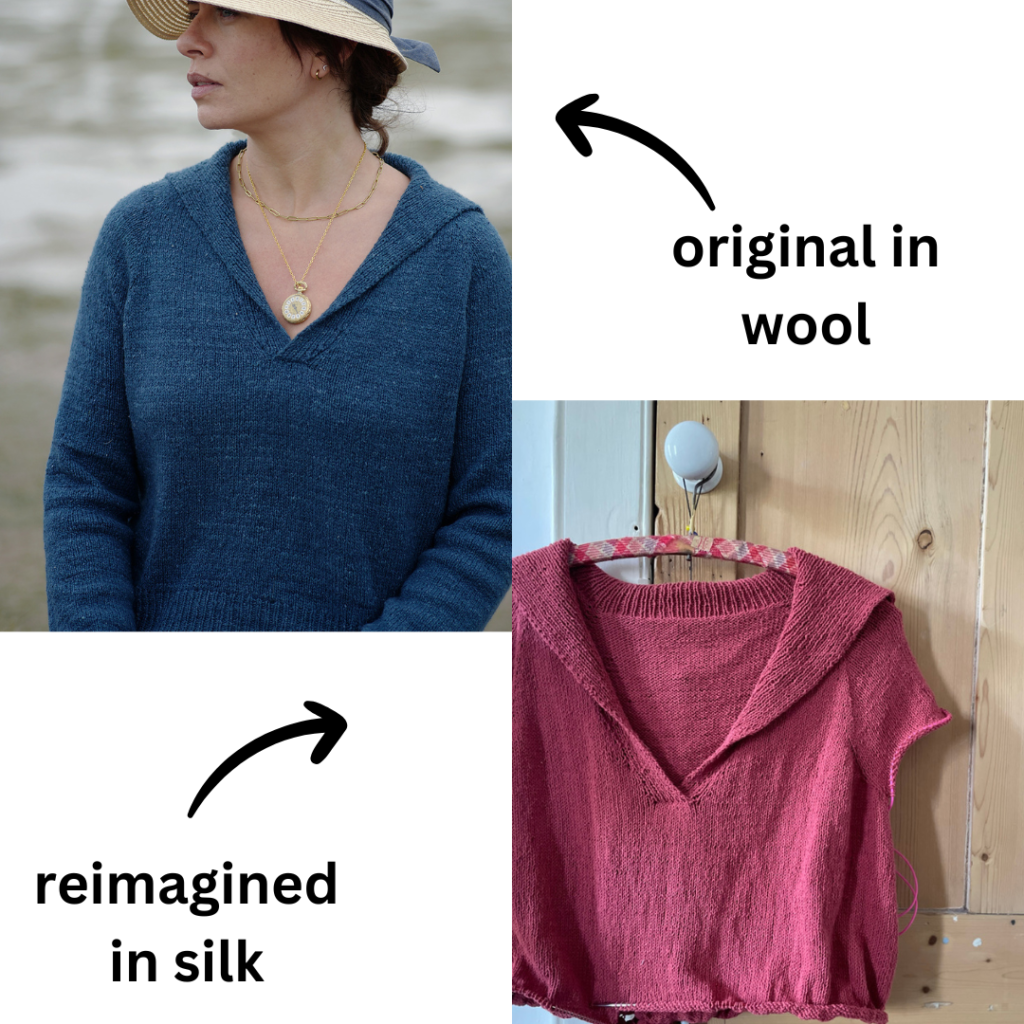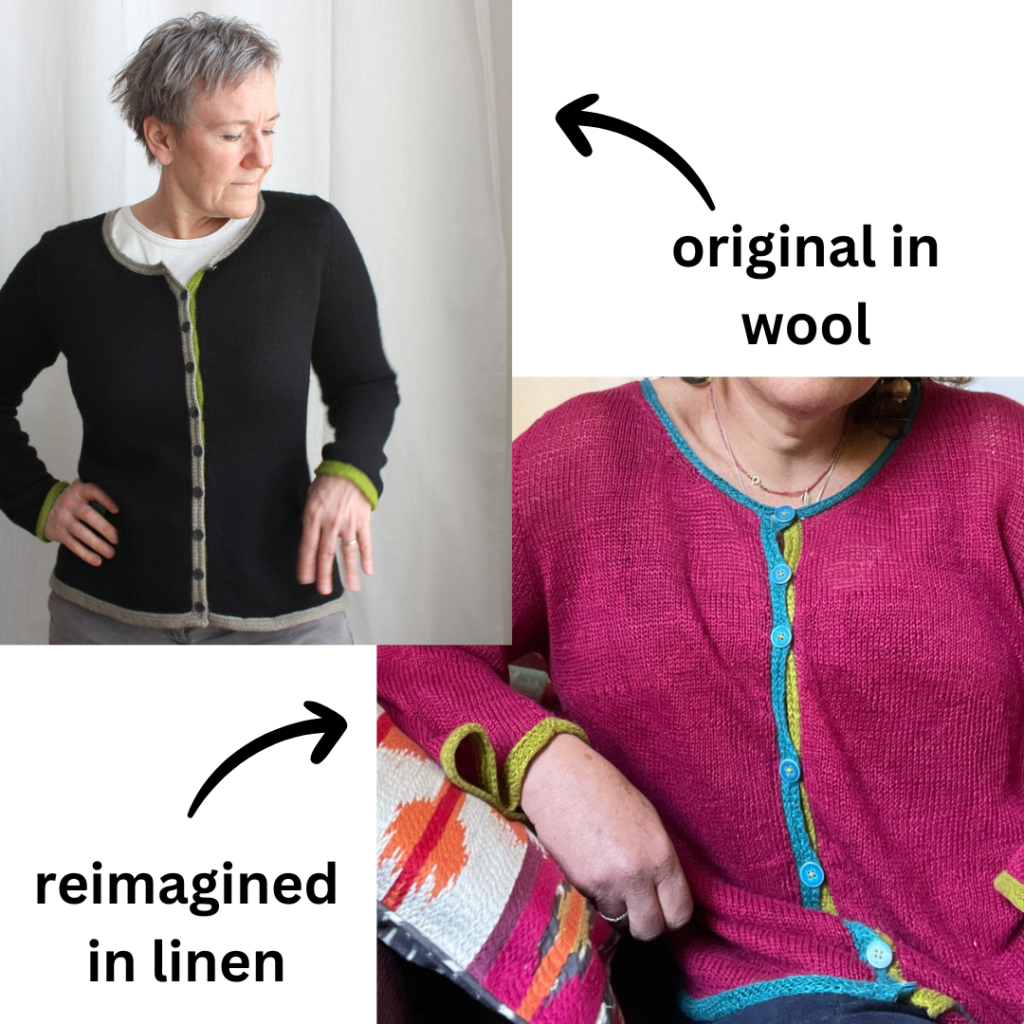Perhaps when it’s a light weight top which isn’t about keeping you warm?
Or when it’s got short sleeves?
When it looks nice on its own, not worn over something else?
When you want to wear it on a hot day!
Now I know what you’re thinking – ‘Here she goes again – banging on about knitting for the summer, but the warm sweater patterns are just so much more inviting than those lacey, fiddly, strappy patterns that people write for summer knits.‘
So perhaps it’s true that most sweater patterns (and therefore more of the nicest ones) do tend to be written for cold weather.
But here’s the thing, you don’t have to make them warm.
Today’s newsletter comes with a complimentary pair of magic and invisible season-adjusting spectacles. All you need to do do is use them to look again at that sweater pattern you love, the one with the shape that’s just right, and that you already know how to make. But this time you imagine it without the snowy forest backdrop. This time it’s styled with a drink of something cool on ice instead of the cup of cocoa. Now you can see it with short sleeves – or even no sleeves, knitted in a drapey linen, cotton or silk fabric. Or perhaps it’s one of those evenings at the end of a hot day when it’s nice to have something slightly warmer to wear, knitted in a soft cotton-wool of silk-wool blend. But that’s not all your new magic specs can do – you can also use them to see that top in a different shade – one that would look lovely in the sunshine with your shorts, over your swimming costume, with that summer dress, or the pants you got on holiday last year.
Okay, I know there’s more to it than that. Re-imagining a sweater as a summer top is all very well, but doesn’t going off-piste (or even out to sea) with fibre, sleeve length and colour, carry a bit of a risk?’
Hmm maybe a bit, but us knitters have many ways of being creative and that includes ways to mitigate risk. So let’s start at the beginning. What are we looking to change?
Sleeve length: For top-down projects, you can try on as you go and simply stop knitting when you’ve got the tee shirt length you like best. For bottom-ups, I recommend looking at what the finished (top or widest part) stitch-count is for the sleeve and casting on with that. Then knit straight and adjust the length you want to knit. Simple.

Adjusting the ease of a woolly winter sweater means thinking about whether a summerier version should be less roomy on account of not needing to wear it over anything, or if looser would be better in terms of keeping cool. The sizing guide on your pattern, will help you steer your way through this.

Cool fibre: This is the main season and character defining part of your sweater. Substituting out a bouncy insulating woollen yarn in favour of something planty like cotton or linen will affect textured stitch work, structure and possibly gauge – but not necessarily as much as you think, and also not necessarily in a bad way. There’s a really straight forward way of testing this out – knit a swatch! Don’t roll your eyes. It will be fun! It will take less than an hour to make and it will really help you re-imagine the sweater and get a sense of whether you’d prefer to knit it at a different gauge given the fibre change.

And just in case you lose those magic lenses, or you can’t get them working properly, feel free to get in touch with us at the shop – pop by or send us an email. All our recommended summer yarns are listed here and we will happily advise on how, if or what altering might result from switching over to any one of them.

